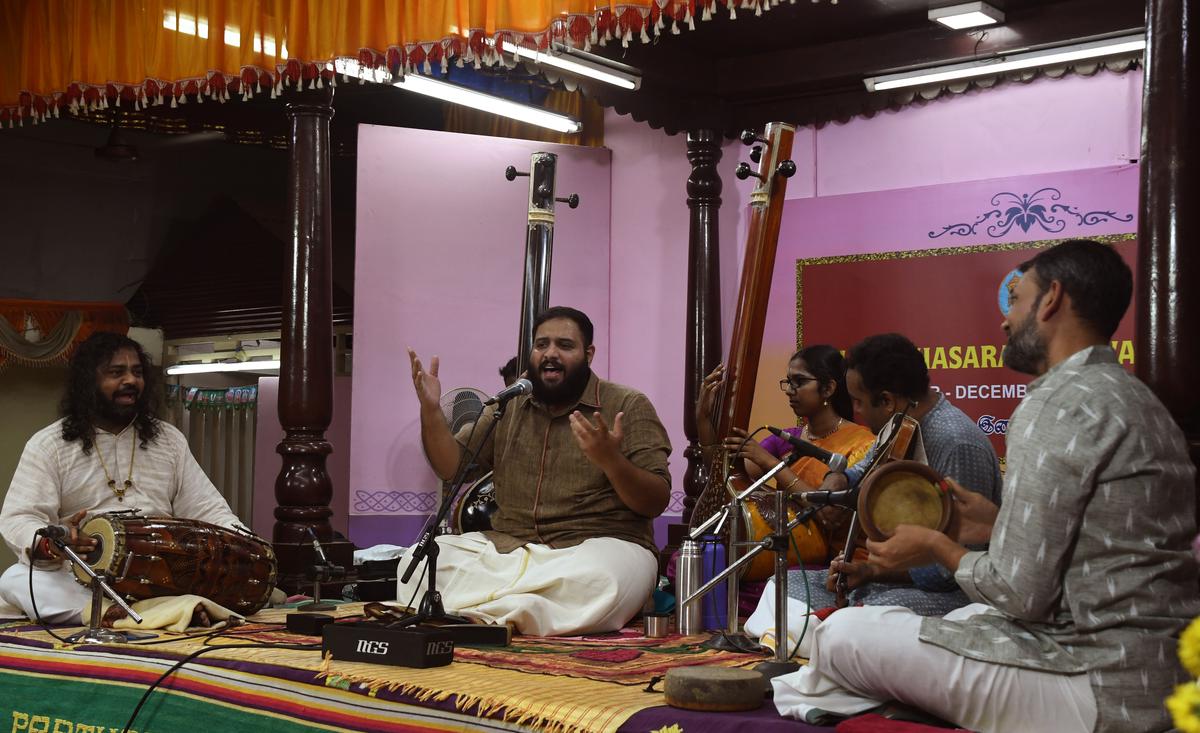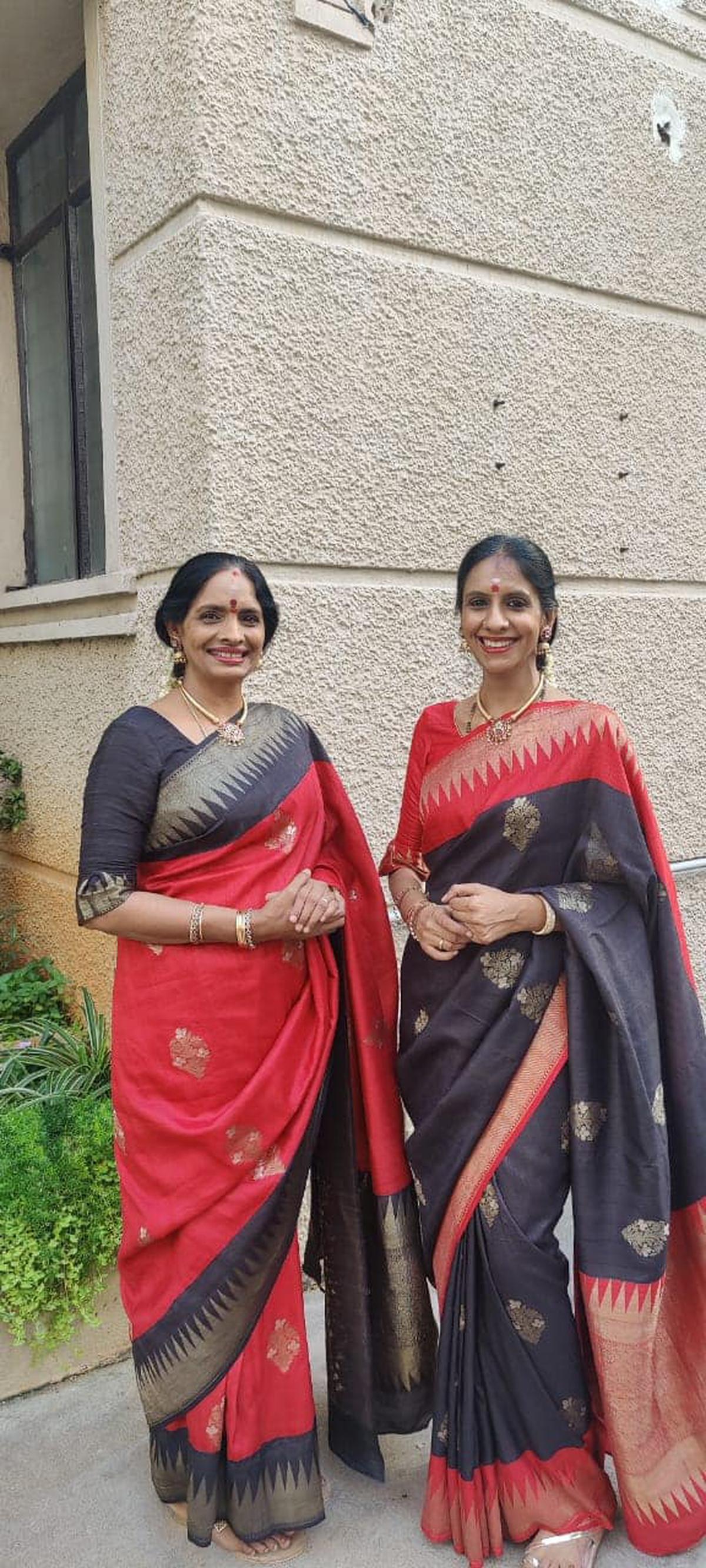A packed audience during a concert at the Academy of Music in December, 2022. , Photo Credit: KV Srinivasan
The report card of the Chennai Margazhi season has been tough to put together. Goals are vague, stakeholders have their own agendas and audiences never have much say. Fortunately, “music expresses what cannot be said” (19th-century French writer Victor Hugo). So, how do we articulate if we are meeting or exceeding expectations? we’ll try.
The return to physical platforms was widely welcomed by artists, organizations and even a large section of the audience. Some would prefer a hybrid where concerts can still be heard virtually and this could be the new normal. This year, we can tick against several things – more concerts (over 500 by one estimate), more artists, new compositions, more complex ballads, and public enthusiasm. But behind the obvious, there are several key trends that could define what happens next year and the years after.
talented newcomer

Vignesh Easwar, a popular young singer, performing at the Sri Parthasarathy Swami Sabha | Photo Credit: Raghu R
There is no official entry criteria for artists in the Carnatic music industry. Equally, there is no exit condition such as age, looks or thin audience. The first trend that was observed this year is that there are many talented newcomers with qualities to showcase. Thus the process of replacing the old with the new is subtle but it is not to be abandoned. The number of senior slot musicians at major gatherings who entered the club less than five or seven years ago, for example, is a notable piece of statistics. As the number of senior slots has remained roughly the same, there have been some forced retirements. This is the only way to manage and encourage an avalanche of new talent. There may also be a fear of losing one’s place in the perch if popularity declines. The newcomers seem to pack their credentials pretty powerfully – in terms of voice, repertoire, rhythm or psychedelia. The advent of virtual platforms ensured their quick entry into the homes of listeners and then gradually into physical platforms – just like young IPL star players fast tracking their international cricket debuts.

Star artistes Ranjani-Gayathri before their concert at Madrasana | Photo Credit: Courtesy: Raaga Facebook Page
The second trend is the rise of a parallel virtual platform. There are musicians who are popular on social media but can’t be seen much on the regular concert circuit. This is analogous to OTT vs theatre-cinema production. Hence, the opportunities for musicians have suddenly multiplied. This performance can lead to two parallel worlds of music that may never meet. Over time, this may become Division 2 of performance music, even if it is not called so. The good thing is that it expands opportunities for more talented people to express themselves, without barriers of entry to the gathering. This will also ensure a healthy pipeline of candidates.
The third trend is the increased commercialization of what were formerly called ‘Lake-Dames’. Now those are academic sessions, one learns. This year the season had some bright sessions, like a session on Palghat KV Narayanaswamy by his disciple HV Srivatsan, that would rival any corporate slick presentation. The breadth of topics, the participation of current performing musicians and the eager turnout represent a fresh take on this powerful format for audience education. The presenters are generally well prepared, although one would like to see a progression of scripted thoughts rather than casual monologues to make better use of the time.
display style
As far as the performances went, there was a creeping tendency to deliver excessive punch that clashed with ‘rasas’ like calmness, subtlety and beauty. One hopes they don’t become a mega trend.
The profile of the audience is also changing, though at such a slow pace that it can easily go unnoticed. More students, more illiterate, more NRI youth, and more curious have come to participate, though in smaller quantities. This renewal is important and must continue for the season to remain of value. I also saw some youths making notes on their iPads. More than this generation is welcome. As the performer and accompanist pipeline is well buffered, an audience resurgence is waiting to be the next wave. More work needs to be done by all components, not the least in terms of better ambience and audio quality in many places. Meanwhile, the fanatics will look forward to the next season as enthusiastic as ever.